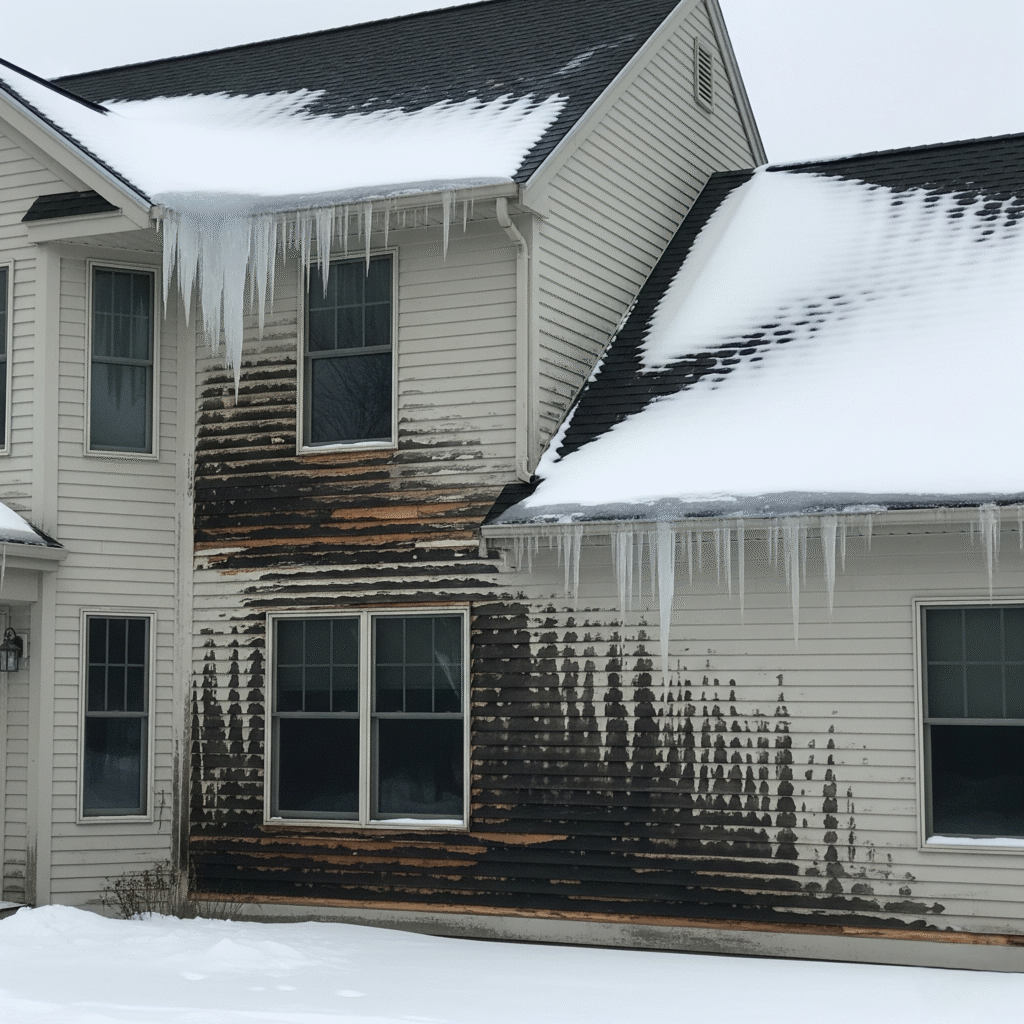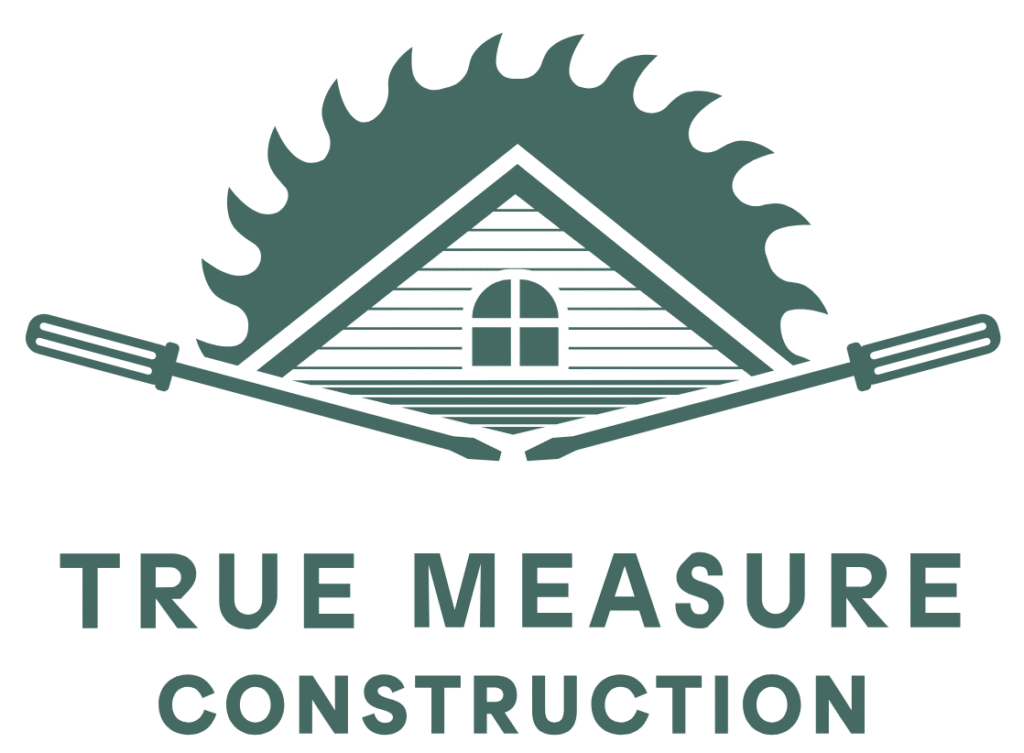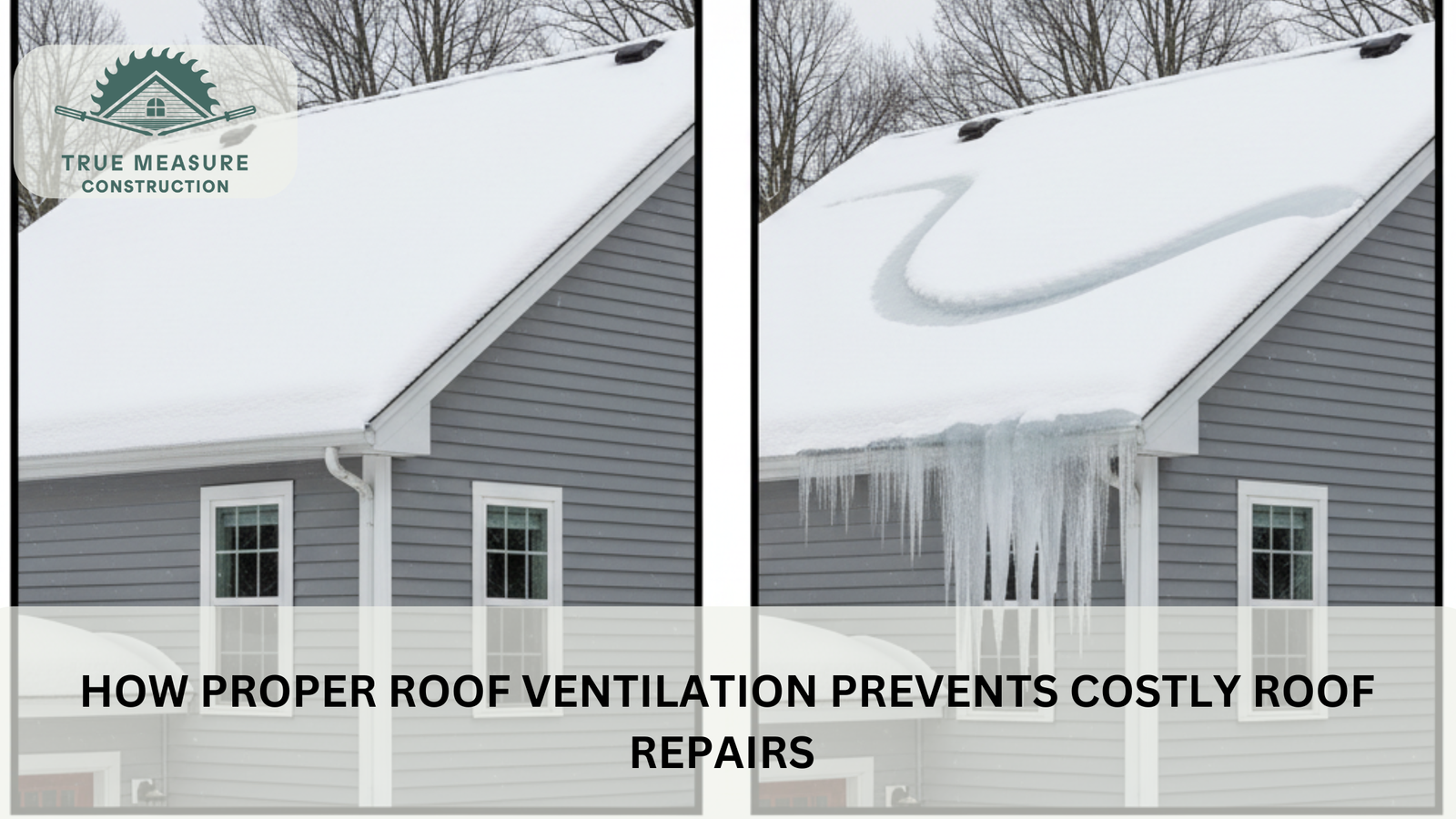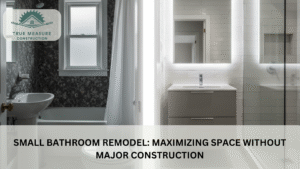When most homeowners think of Roof Repairs, they focus on shingles, flashing, or gutters. But one of the most overlooked aspects of roof health is ventilation. In Massachusetts and surrounding areas, where seasonal changes bring everything from humid summers to snowy winters, roof ventilation plays a critical role in preventing expensive roof damage.
At first glance, it may seem like a minor detail, but poor ventilation can shorten your roof’s lifespan, increase energy costs, and even lead to costly structural repairs. Let’s explore why professional roof ventilation services are essential and how they can save you money in the long run.
Why Roof Ventilation Matters
Roof ventilation allows air to flow through your attic and roofing system, balancing indoor and outdoor temperatures. Without it, your roof and attic become trapped with moisture, heat, or ice, all of which damage materials over time.
In New England’s climate, homeowners face unique challenges:
- Cold winters create ice dams and trapped condensation.
- Hot summers cause heat buildup in attics, straining HVAC systems.
- Year-round humidity fuels mold growth in poorly ventilated spaces.
Proper ventilation reduces these risks, protecting both your roof and your entire home.
Common Signs of Poor Roof Ventilation
Many Massachusetts homeowners don’t realize they have a ventilation problem until costly issues appear. Warning signs include:
- Ice dams form along the roof edges in winter.
- Excessive heat in upstairs rooms during summer.
- Mold or mildew growth in the attic.
- Shingles that curl, buckle, or deteriorate prematurely.
- Rising energy bills due to HVAC overuse.
- Musty odors inside the home are caused by trapped moisture.
If you notice these symptoms, your roof may be silently suffering, and professional ventilation service is the solution.
The Costly Problems Poor Ventilation Creates
1. Ice Dams and Water Damage
In Massachusetts winters, warm air trapped in the attic melts snow on the roof. When it refreezes at the edges, ice dams form, forcing water under shingles. This leads to leaks, stained ceilings, and rotting wood.
2. Shingle Damage
Excess heat and moisture from poor ventilation cause shingles to age faster. Instead of lasting 20–30 years, they may need replacing much sooner.
3. Structural Deterioration
Moisture buildup weakens roof decking, rafters, and insulation, potentially requiring costly repairs or replacements.
4. Mold Growth
Moist attics are a breeding ground for mold, which damages wood and poses health risks to families.
5. Higher Energy Bills
Trapped heat in summer forces air conditioners to work overtime, while trapped cold in winter strains heating systems. Proper ventilation balances temperatures and reduces energy costs.

Professional Ventilation Systems for Roof Protection
DIY fixes like installing a fan or opening windows in the attic don’t solve ventilation problems. Professional services ensure your roof is equipped with the right system for your home and climate.
Ridge Vents
Installed along the roof peak, ridge vents allow hot, moist air to escape naturally.
Soffit Vents
Located under the eaves, soffit vents bring in cool, fresh air, balancing attic airflow.
Gable Vents
These vents on the ends of the attic walls promote cross-ventilation.
Attic Fans
Professionally installed attic fans enhance airflow and reduce heat buildup in large attics.
Benefits of Proper Roof Ventilation
Extends Roof Lifespan
Shingles, underlayment, and decking last longer when protected from heat and moisture damage.
Prevents Costly Repairs
Avoids expenses tied to ice dams, leaks, and rotting wood structures.
Improves Indoor Comfort
Balanced airflow keeps upstairs rooms cooler in summer and reduces drafts in winter.
Boosts Energy Efficiency
By stabilizing attic temperatures, ventilation reduces strain on HVAC systems, lowering utility bills.
Maintains Warranty Coverage
Some roofing warranties require proper ventilation; without it, you risk voiding coverage.
Why Massachusetts Homes Need Expert Roof Ventilation
Massachusetts has a mix of older historic homes and modern constructions. Many older properties weren’t built with today’s ventilation standards, while newer homes may still suffer if the system was improperly installed.
Hiring professional roofers ensures:
- Correct installation of intake and exhaust vents.
- Compliance with building codes and warranty requirements.
- Climate-specific solutions designed for New England’s weather.
- Preventive inspections to catch issues before they become costly.
Routine Roof Ventilation Maintenance
Even after installation, ventilation systems require occasional maintenance to ensure proper performance. Professionals recommend:
- Inspecting vents annually for blockages like dust, bird nests, or insulation.
- Checking attic insulation to ensure it doesn’t block airflow.
- Ensuring moisture hasn’t damaged decking or rafters.
- Verifying attic fans and mechanical systems work efficiently.
Routine maintenance saves thousands in repairs and extends your roof’s lifespan.
Final Thoughts
So, how does proper roof ventilation prevent costly repairs in Massachusetts? By controlling airflow, reducing moisture, and stabilizing temperatures, professional ventilation protects your shingles, attic, and home from damage.
Instead of facing expensive leaks, ice dams, or premature roof replacement, homeowners can invest in expert ventilation services now and save significantly over the long term.
Call to Action
Don’t let poor ventilation shorten the life of your roof. Our professional roofing team in Massachusetts specializes in installing and maintaining ventilation systems that protect homes from costly damage. Contact us today to schedule a roof inspection and ensure your home is ready for every season.





